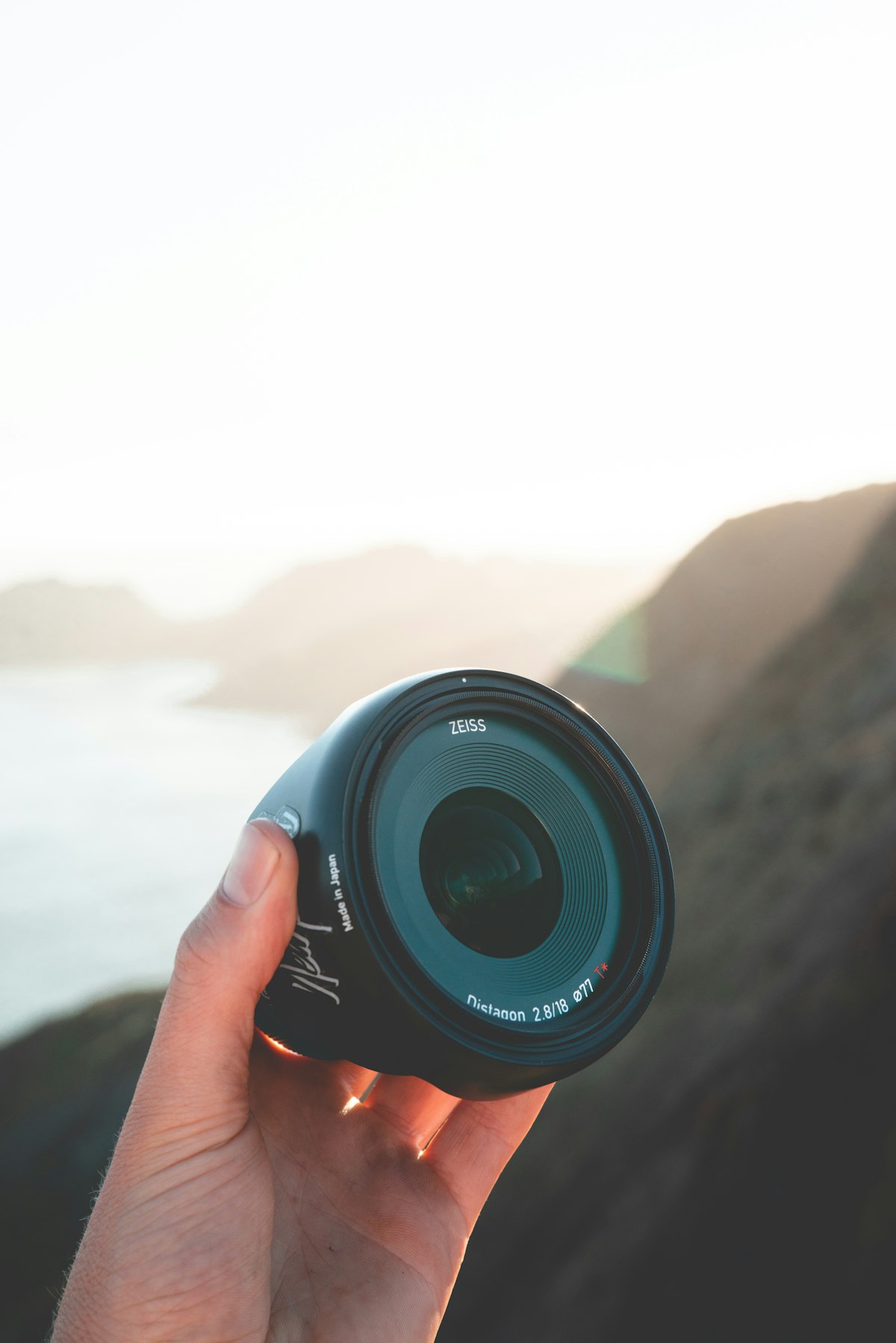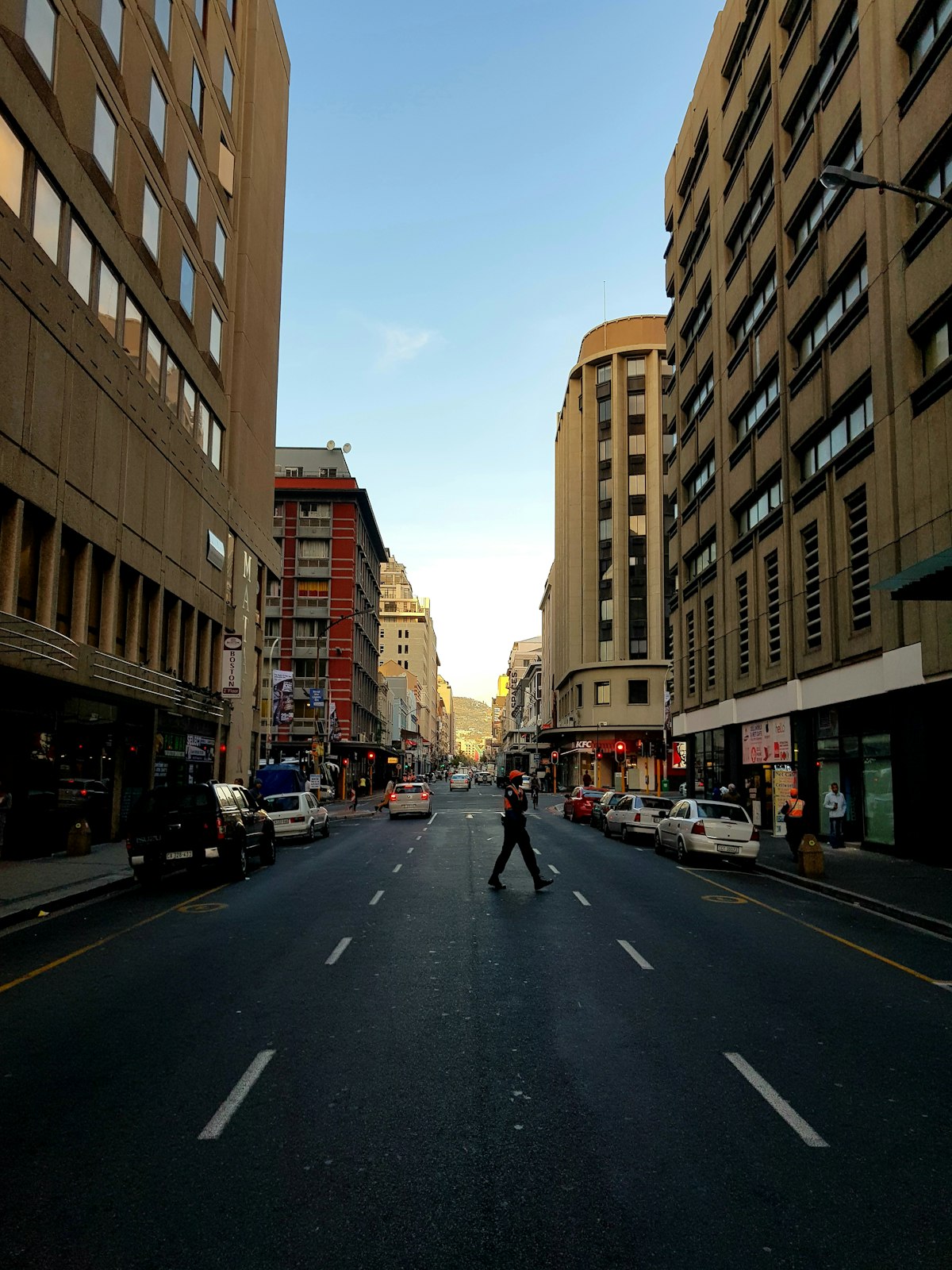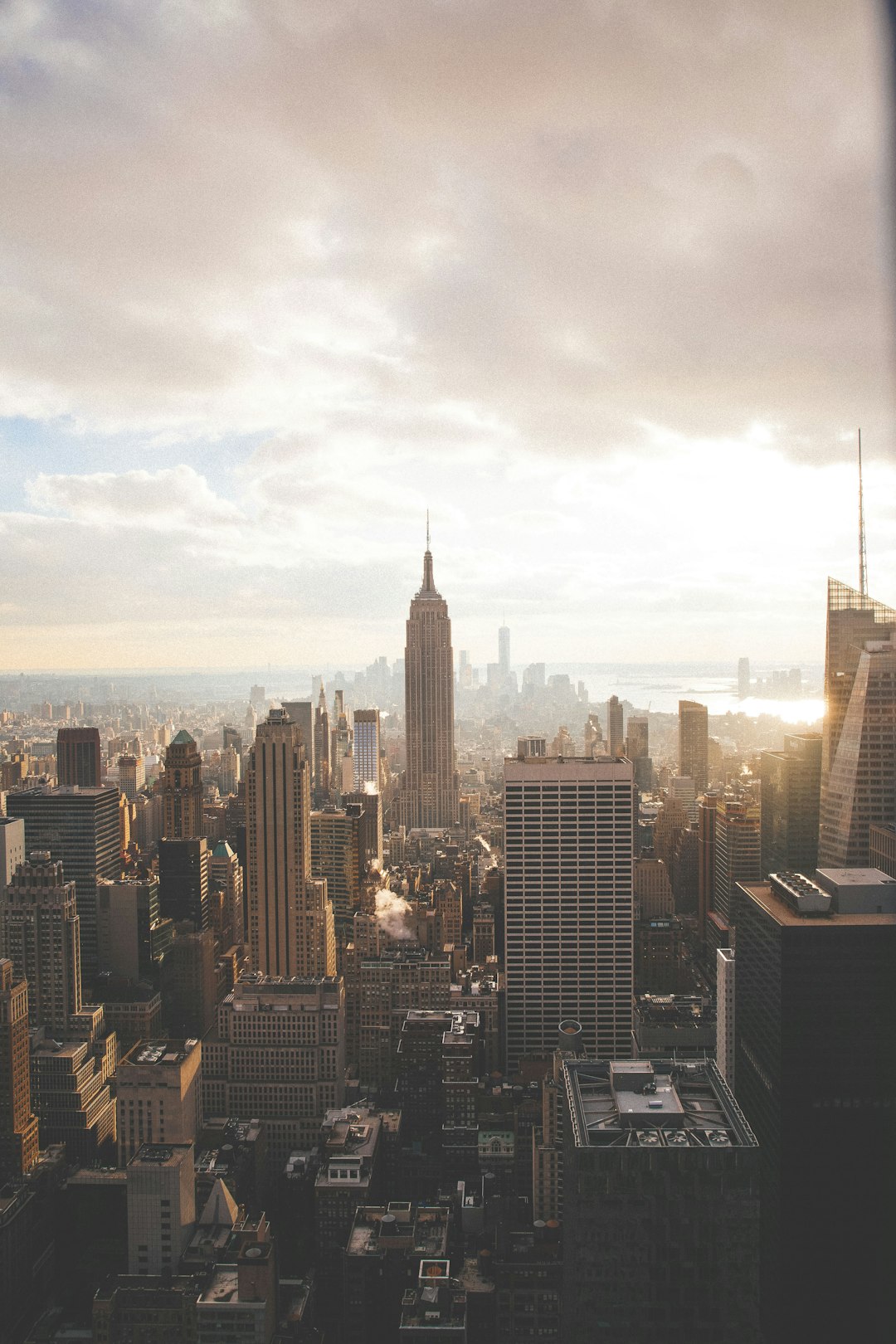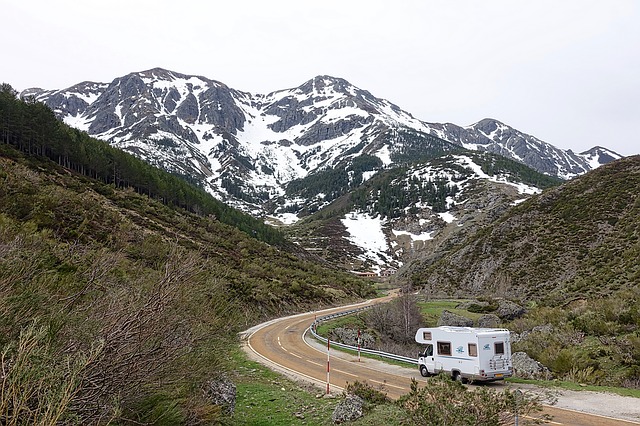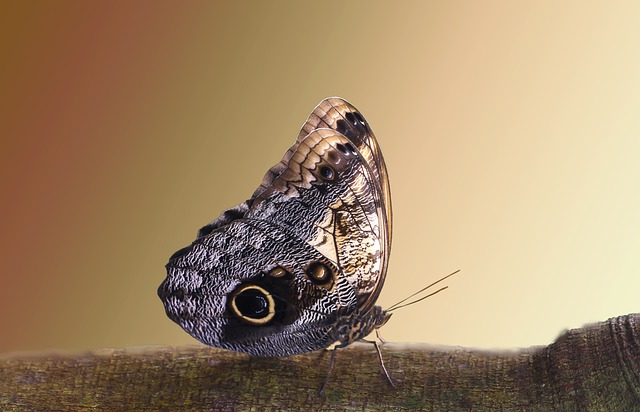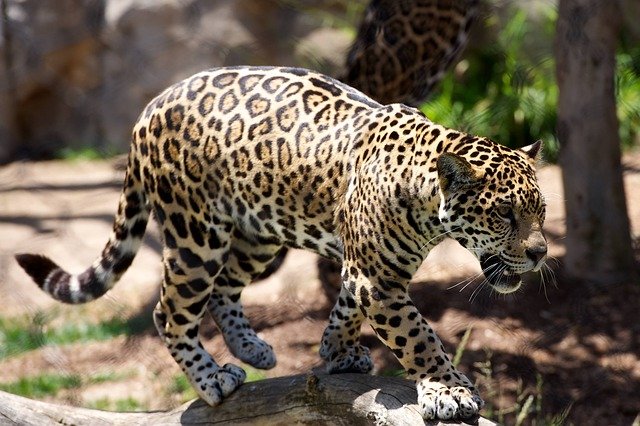
You decided that taking better photos or learning about photography is something that you will enjoy investing some time into. Now is the perfect time to start! The article below includes several tips that are sure to improve the quality of your photographs.
Keep the knowledge of the settings on your camera simple. Learn how to use your camera one feature at a time. Learn each one completely before moving on. Once you are very skilled with your settings, you will be able to make adjustments quickly and focus all your attention on getting excellent photos.
Digital photography can be altered and manipulated in software to make them resemble traditional art forms. There are many different types of software programs that will make it quite simple for you to alter the look of the photos; Adobe Photoshop is considered to be an industry standard program. Instantly making your pictures into masterpieces is simple. Just hit the “filter” button, select the medium that you prefer, and then click the selection that you want.
A professional camera is vital to get the professional photos you desire. You will need to look at buying a digital SLR camera to give you the most professional results. This is the camera that most professionals use, and if you are aiming to achieve high-quality photos like theirs, you need this camera.
Be mindful of which and how many objects appear in your photos. Imagine your camera is a tiny window focused in on just one component of your subject. Avoid the desire to show more than is needed. If you are trying to convey an overall impression of a scene, shoot a sequence of pictures, instead of a single image without a clear subject.
Truly unique pictures are often the result of trying new ideas and experimenting. A good photograph should develop a personal style and show the world through a certain point of view. Stay away from taking classic pictures that people have seen a million times. An unusual angle can be just the thing to express your creativity and create a memorable photograph.
A digital SLR camera will help you to advance your photography skills. The letters DSLR are an abbreviation for digital single lens reflex, and it is really the best type of camera to take professional quality shots. Ideally you would get a full framed DSLR camera that gives you the largest image sensor with the highest detailed photographs.
Play around with different color schemes, camera angles and photography features. A high quality photograph does not require an original subject. It just requires an original way of thinking. As a photographer, you know you have talent when you can take pictures of familiar objects and make them look interesting and unusual. Finding your style can be done by trying different techniques.
You want the background to be slightly blurred when taking photographs of people. When everything in the picture is focused including the background, it will make the picture a bit busy and it will be hard for the viewers to specifically focus on the subject of the picture. This is most easily accomplished by moving your subject further away from the backdrop.
Practicing your photography skills should be a pleasant, engaging activity. Taking photographs should give you a sense of accomplishment, and reviewing them later should give you a sense of warm nostalgia. If you truly love taking photographs, you’ll improve your knowledge and skills much quicker.
Play around with the settings on your camera and create different compositions for your photographs. You do not need an original object to take a high-quality picture. A skilled photographer with an artistic eye can turn a mundane subject into an exceptional picture. Experiment with different techniques to develop your own style.
Keep in mind how intimidating it can be to have all eyes focused on you as a model, so help your model to feel comfortable with you by creating a relaxed atmosphere. You may unknowingly intimidate your subject, potentially affecting the outcome of your photographs. Help your model to relax by keeping a friendly atmosphere, and the mood upbeat. Also, seek their permission before you start taking their picture. Be sure to explain why you are taking the photographs, and your love of artful expression through photography.
Make sure you pack your photography equipment with care when going on a trip. Also important is to remember to bring all the extra items that you might need including lenses, batteries and cleaning supplies. Try to pack as lightly as possible, without forgetting any of the essentials, so that your bag remains easy to manage during travel.
If you are intrigued by the nostalgic quality of photography captured by traditional film, consider picking up a manual camera from your local thrift shop. You can use ISO 200 black-and-white film to get a great balance between versatility and dramatic results. Once you develop your film, try printing it on different paper styles, including ones that are fiber-based.
External Flash
Many times in life, we receive the training that things must be centered and even. Perfection is highly regarded in society, but to create shots full of drama, point your camera at your subject in a manner that positions them slightly off of center. Use your auto-focus sparingly, especially if you are trying to take off-center pictures. Instead, focus the camera manually, then secure the focus prior to taking the photo.
When working in low lighting conditions, many digital cameras have a built in flash feature that pops up automatically. This is good for a quick spur of the moment picture, but for something more professional, use a external flash unit which is designed to give you a broad lighting range. First check your camera for the appropriate attachment point for an external flash, a “hot shoe.” You also want a flash that will sync automatically to your camera. You may have better shopping results at a camera store catering to professionals.
Look around for good subjects for your photos, any time you are on the road. A great place to help you generate ideas is to browse through local postcards that are for sale in small shops or others areas you visit. Usually the photos on these cards clue you in on popular and photo worthy local attractions and areas of interest, any of which usually make excellent subjects for your own. So, make an effort to visit these areas and attractions.
Once you have chosen your photo and are going to press the button, make sure to stay still and not breathe. Even a little bit of movement on your part can cause a ruined photo. Take that second to freeze before touching your shutter button, hold your breath, and snap the perfect shot.
Try to frame every one of your shots. Try to use natural frames in the pictures you take. It is possible to build a natural frame by looking for items in the picture. This will help you practice creating compositions.
Learn about how to properly compose a photograph when you want to take better pictures. Bad composition can turn an otherwise-great shot into something that doesn’t seem quite right. Study different composition methods and practice them. This will make you a much more well-rounded photographer.
Try altering the camera’s focus to achieve some noteworthy effects. Reduce the f-stop setting to maintain focus on the closer subject. Using a small f-stop number is ideal for portrait photography. Increasing the f-stop will make everything in the photograph in focus, foreground and background. Large depth of field photos are great for landscape photography.
Get creative with different perspectives and scales in your photography. An otherwise ordinary subject can appear quite artful if placed in an environment where it appears drastically disproportionate in size or humorously out of place. Make compositions that make an ordinary object appear unique.
When dealing with photos, you generally must decide whether you should expose the shadows or the headlights of the subject. However, you can also choose to take multiple pictures, and have some of the pictures expose the subject’s highlights and shadows, and not expose them in others. You can then blend them, using software such as Photoshop.
Before traveling to some new area, find out about what interesting or unusual sights you should try to get a shot of. To get an idea of the picturesque local sites, visit a shop with a postcard rack. Postcards have a lot of different ideas of locations or subjects you can take photos of.
If you have to adjust to new backdrops or subjects, take lots of practice shots. Every situation can produce different results, so be sure to take as many practice shots as possible to get a good feel for your surroundings. In hectic environments, the lighting can change from second to second, so don’t feel the need to count every shot as a “real” shot.
Take the time to read your camera’s manual from front to back. Manuals can be intimidatingly long. The common reaction to a manual is to pitch it into a cabinet and forget it or even toss it straight in the garbage. Rather than throwing the manual away, you should read it. You will avoid simple errors and improve your skill.
You can adjust the settings on your camera before taking a picture, or try a unique angle. Know how each option will affect your photo, so you can make the right choices at the right time.
Manually set the white balance feature on your camera. This is an easy way to get a more professional looking photo. You’ll have to learn what settings look best for different situations, but once you do, you’ll have more freedom for creativity.
Play around with shutter speed. Generally speaking, it’s best to utilize the fastest shutter speed possible; however, you can get some interesting effects with a slower shutter speed (e.g. 1/30). For example, what if there is a cyclist going by? The result is that the bicyclist is fairly sharp yet the background is streaked horizontally, expressing speed.
When working with new backdrops and subjects, plan on taking lots of shots to practice. No two environments are exactly the same, so practice shots can help you to adjust. Changes in lighting will give you a chance to experiment with a variety of natural and artificial light.
To have your subject appear more powerful, take your shot from a lower perspective. To make them appear weaker, try shooting them from a height. There are times when both techniques are appropriate, and you’ll learn which will work at any given time and when to try something different.
Silhouettes are unique pictures. It is most common to use the sunset when creating a silhouette, though there are many other methods to try. Any background that is substantially brighter than your subject will create a silhouette. You can easily create this effect by having a flash go off behind your subject or even just using a brightly lit window. You should be aware, however, that a silhouette could highlight a subject’s most unflattering feature.
Get your subject into the most flattering position. If your pictures of events and people are always candid or surprise shots, they probably aren’t giving you the results you were hoping for. You will get that perfect shot if you take the time to arrange everyone.
Relative sharpness is another important element to consider. Many people focus the sharpness of their photograph around the center of the frame. You can tool around with sharpness through the adjustment knob on your lens. The image then becomes progressively more blurry closer to the edges.
When your subjects are human beings, keep in mind that the happiness conveyed by a smile is not the only emotion you can capture in your shots. When humans are prompted to express their true selves, real stories are portrayed. There are lots of great photographs from history that depict sadness or despair. Whether your photographs are life-changing or simply a recorded everyday moment, the important thing is to let the emotions be real.
Now you are a lot more prepared to become a better photographer. If you thought you knew a lot, you are now more of an expert. The tips we have provided will help to improve the level of skill that you already have, and teach you a few new tricks to make photography even more fun.
Photographing images at night requires specialized lighting skills and techniques in order to achieve optimal results. It is critical to ensure that lights be properly set up, if natural lighting will not suffice. You can achieve good lighting at night if you utilize slow shutter speeds, artificial lighting, and a few other things.
Many people wish to become more knowledgeable about Gopro Accessories,natural latex pillow
Hospital mattress protector
encasement mattress protector, but they may not know how to do that. You have found the information you require to get going, right here in this article. Now, all you have to do is use this article’s tips.






